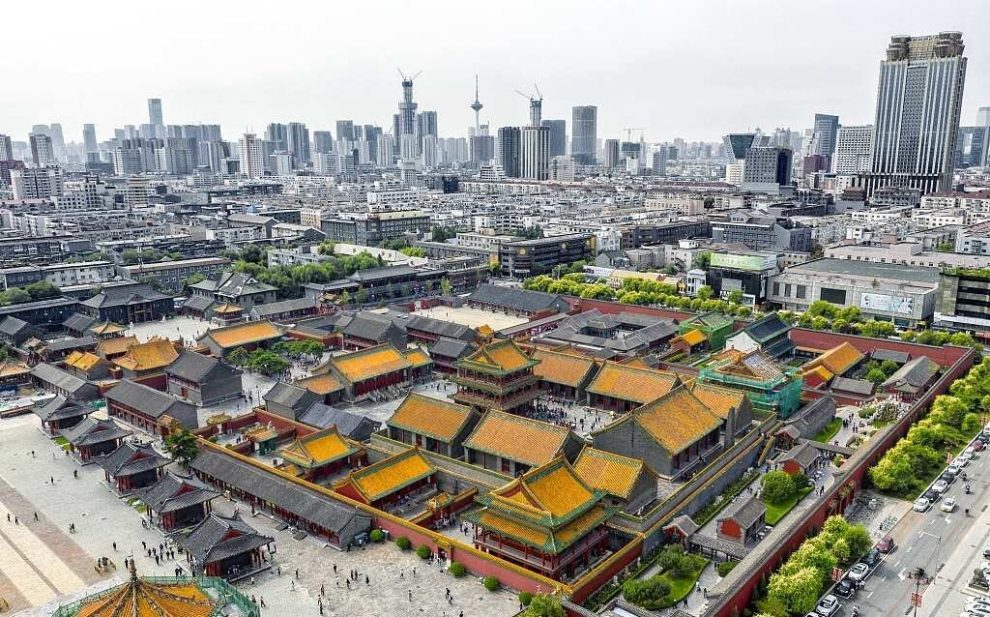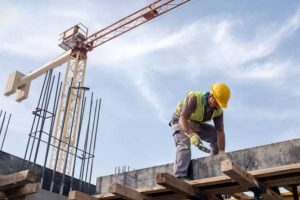Located in Shenyang, capital of Liaoning Province in northeast China, the Shenyang Palace Museum This is one of the most important cultural sites in the country. Also known as the Mukden Imperial Palace, this architectural complex was inscribed on the UNESCO World Heritage List in 2004 due to its exceptional historical and cultural value. This incredible architectural complex was built almost 400 years ago and bears witness to the fusion of architectural and decorative styles of various cultures that coexisted under Manchu rule during the Qing Dynasty.
Shenyang Palace began construction in 1625 under the leadership of Nurhaci, the founder of the Qing Dynasty. It was completed in 1636 by his son, Hong Taiji, and served as the primary residence and administrative center of the early Manchu emperors. During these early years of the dynasty, before the Ming Dynasty’s conquest and the capital’s move to Beijing, the palace was consolidated as the core of imperial power.
This architectural complex is composed of more than 300 buildings, occupying a vast area of 60,000 square meters. The palace is divided into three main sections: the eastern section, which contains the Chongzheng Hall, where the emperors conducted their official business; the central section, which houses the Great Dazheng Hall, the scene of important imperial ceremonies; and the western section, which includes residences and other ceremonial buildings.
What distinguishes Shenyang Palace from other imperial palaces in China, such as the Forbidden City in Beijing, is its unique fusion of architectural styles. The palace design combines elements of Manchu, Mongolian, Tibetan and Han cultures, reflecting the ethnic diversity of the early Qing Empire. This blend of cultural characteristics is reflected not only in the architecture, but also in the decorative details of the buildings. Examples include the carvings, paintings and ornamentation that adorn the complex.
The Dazheng Hall is a good example of this beautiful combination of elements. With its Tibetan-style octagonal roof and Mongolian-influenced ornamentation, it is one of the most iconic buildings in the complex.
Meanwhile, the Chongzheng Hall, where emperors conducted state affairs, has been carefully restored to preserve its original imperial throne, a major draw for visitors.

Over the centuries, this complex has undergone significant changes to adapt to the needs of its preservation as a historical site. With the aim of preserving its original structure, the authorities have implemented restoration projects that maintain the architectural and decorative essence of the palace, while also modernizing some areas to improve the visitor experience.
Today, Shenyang Palace serves as a museum. An extensive collection of artifacts dating back to the Qing Dynasty is available to the public. Among the most notable exhibits are the imperial thrones of the emperors, which were used in ceremonies and official audiences. Also on display are royal robes, weapons, historical documents, furniture and decorative artifacts. Through all of these items, one can appreciate the wealth and sophistication of the Qing imperial court.
In addition, the museum displays Manchu and Mongol art. This provides a better idea of the culture surrounding the empire in its early days. Visitors can also admire ceremonial instruments used in imperial rituals, which provide a deeper insight into the customs and traditions of the time.
The unique combination of styles from various ethnicities, especially Manchu, Mongolian and Tibetan cultures, distinguishes it from other imperial palaces in China. This mixture makes it an exceptional place to study the cultural richness and interaction between different groups under the rule of the Manchu emperors.
One of the most notable features of the museum is the presence of objects and artifacts that depict the daily and ceremonial life of the Qing court. By exploring the museum, visitors can have an immersive experience in the history of the Qing Dynasty and better understand how the palace witnessed important historical and political events.

Its importance as a World Heritage Site
In 2004, Shenyang Palace was officially recognized as a UNESCO World Heritage Site. This designation underlines both its historical, cultural and architectural value.
For many tourists, the museum is a gateway to Chinese history, especially the early Qing Dynasty period. It is also an ideal opportunity to experience the culture that defined this era.
The museum also plays a key role in preserving and promoting Manchu history, which is crucial to understanding the development of the Qing Dynasty.





![[Img #74664]](https://thelatestnews.world/wp-content/uploads/2024/12/James-Watson-The-controversial-genius-behind-the-double-helix-150x150.jpg)










Add Comment